Industry news
How to Use a Handheld Turbidity Meter for Efficient Water Testing
Writer: admin Time:2024-10-21 13:37:51 Browse:803℃
I. Introduction
Water quality is a critical aspect of environmental health, affecting everything from public health to aquatic ecosystems. One of the key parameters in assessing water quality is turbidity, which measures the cloudiness or haziness of water. Turbidity is caused by suspended particles such as clay, silt, and organic matter. High turbidity levels can indicate potential health risks and environmental issues. This is where handheld turbidity meters come into play, offering a convenient and efficient way to measure turbidity in various water sources. In this guide, we will explore how to use a handheld turbidity meter effectively for water testing.

Turbidity is the measure of light scattered by particles in a liquid. It is commonly expressed in Nephelometric Turbidity Units (NTU) or Formazin Nephelometric Units (FNU). Turbidity levels can vary greatly depending on the water source, with drinking water typically having very low turbidity levels.
Importance of Turbidity Measurement:
Public Health: High turbidity can indicate the presence of pathogens like bacteria and viruses, posing health risks.
Water Treatment: In water treatment plants, turbidity levels help determine the effectiveness of filtration and disinfection processes.
Environmental Monitoring: Turbidity levels in natural water bodies can indicate sediment runoff and potential habitat degradation for aquatic life.
Common Sources of Turbidity:
Soil Erosion: Runoff from construction sites, agricultural lands, and natural erosion can introduce sediment into water bodies.
Organic Matter: Decaying plants and animals can increase turbidity.
Algal Blooms: Excessive nutrient levels can lead to algal blooms, increasing turbidity.
III. Components of a Handheld Turbidity Meter
A typical handheld turbidity meter consists of a handheld instrument and a turbidity probe.
The turbidity meter works on the principle of nephelometry, where the sensor emits light and the detector measures the intensity of scattered light. The meter then converts this measurement into turbidity units (NTU or FNU). The display screen shows the turbidity level, and the control buttons allow the user to operate the device.
IV. Preparing for Measurement
Steps to Prepare the Handheld Turbidity Meter:
Charge or Replace Batteries: Ensure the device is fully charged or has fresh batteries.
Calibrate the Device: Use a calibration solution to ensure accurate readings. Most meters come with calibration instructions and solutions.
Check the Probe: Ensure the turbidity probe is clean and free from any debris.
Importance of Calibrating the Device:
Calibration is essential for accurate turbidity measurements. It compensates for any variations in the light source and detector sensitivity, ensuring that the readings are reliable.
Tips for Maintaining the Turbidity Probe:
Clean Regularly: Use a soft brush and mild detergent to clean the probe after each use.
Rinse Thoroughly: Rinse the probe with distilled water to remove any residue.
Store Properly: Store the probe in a protective case to prevent damage.
V. Conducting the Water Testing
Step-by-Step Guide:
Insert the Turbidity Probe: Gently place the probe into the water sample, ensuring it is fully submerged.
Take Measurements: Turn on the turbidity meter and follow the on-screen prompts to take a measurement. Record the turbidity level displayed on the screen.
Record Data: Document the turbidity readings along with the date, time, and location of the sample.
Common Mistakes to Avoid:
Improper Sample Collection: Ensure the sample is representative of the water source and is collected correctly.
Inaccurate Probe Placement: Make sure the probe is fully submerged and not touching the sides of the container.
Failure to Calibrate: Always calibrate the meter before taking measurements to ensure accuracy.
FAQs
Q: How often should I calibrate my handheld turbidity meter?
A: The frequency of calibration depends on the manufacturer's recommendations and the usage of the device. Typically, calibration should be done before each use or at least once a month.
Q: Can I use a handheld turbidity meter in saltwater?
A: Yes, many handheld turbidity meters are designed to work in both freshwater and saltwater environments. Always check the specifications to ensure the meter is suitable for your intended use.
CATEGORIES
CONTACT US
Yosemitech Technologies Co., Ltd
 +86 19984844080
+86 19984844080
 sales@yosemitech.com
sales@yosemitech.com
 Bldg,25,CECEP Industrial Park, No. 18 Dongchang Rd. Suzhou Industrial Park, Jiangsu Province,China 215126, China
Bldg,25,CECEP Industrial Park, No. 18 Dongchang Rd. Suzhou Industrial Park, Jiangsu Province,China 215126, China







